6 Types of Boxing Punches & Combinations FightCamp

Boxing Punches Ultimate Guide, Types of Punches You Didn't Know Existed
These four (4) types of punches are: Jab Cross Hook Uppercut The six-punch number system incorporates these main types of punches thrown, plus variations based on the right and the left hands, which require slightly different positioning. How Are Punches Numbered? The way these different punches in boxing are numbered is by design.
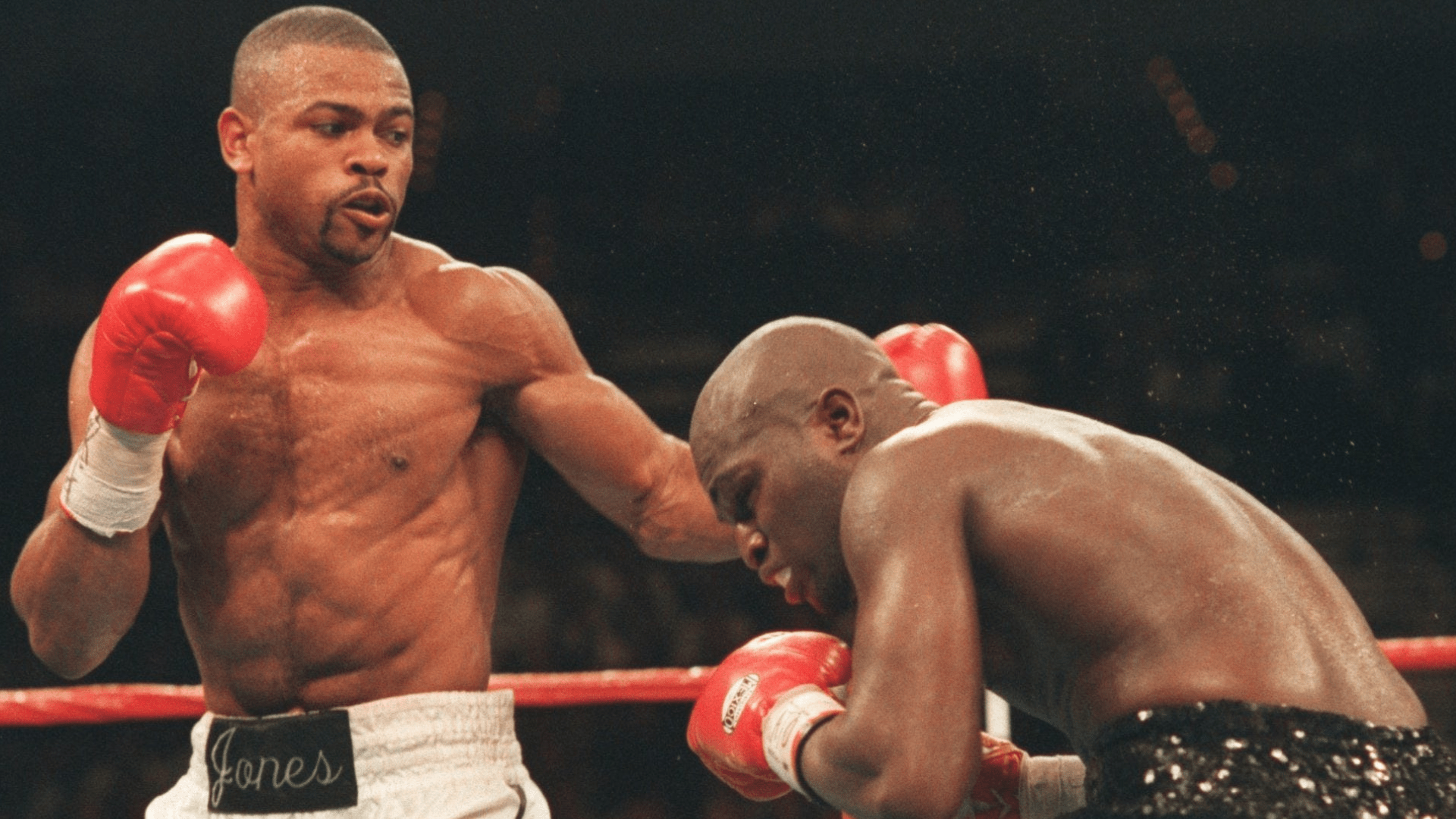
Boxing Punches Ultimate Guide, Types of Punches You Didn't Know Existed
There are six basic strikes in boxing - jab, cross, lead hook, rear hook, lead uppercut, and rear uppercut. I will assume you are right-handed, but if you're lefty, mirror the moves. Only around 7% of southpaw fighters are worldwide, so I will try to stick with the majority. In this Article show The Jab: The Most Basic and Effective Punch in Boxing

Understanding Different Types of Punches A Comprehensive Guide
Types of Punches Cross 3:53. Punch with the power hand. Its power comes from torque in the hips. Hook 4:13. The arm is shaped like a hook. The power comes from the rotation of the hips. The hook can be high to the face or low to the body. Uppercut/Up Jab 5:59. Arm is in a tight hook. The power comes from upward drive in legs.
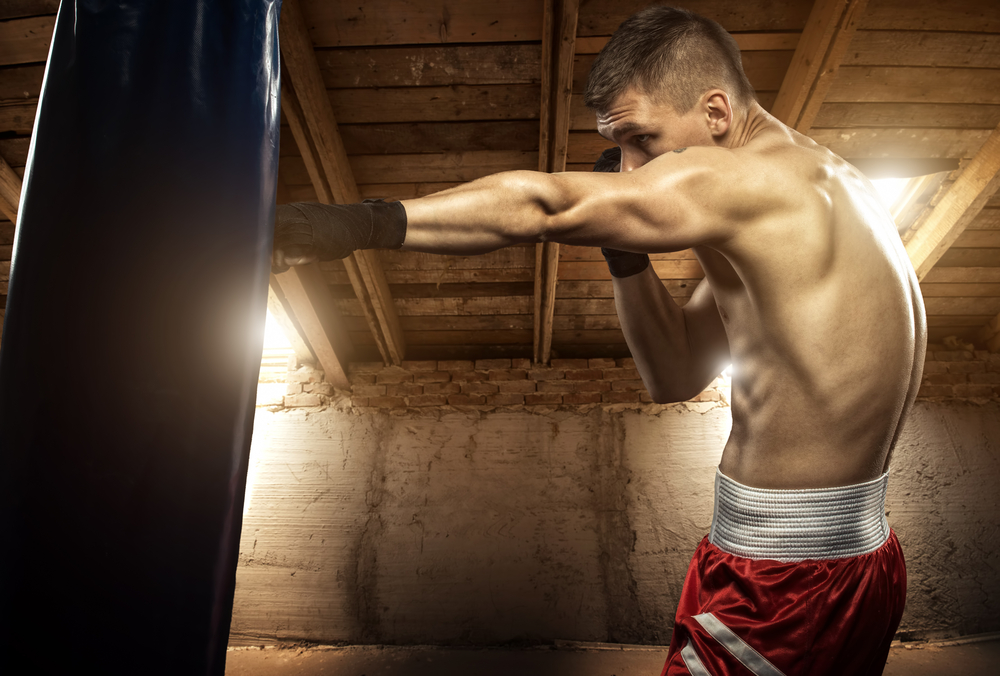
3 Types of Punches in All Combat & Martial Arts
Updated on September 2, 2019 Punching is defined to be any form of strong blow with fists potent enough to cause bodily harm, injury or even knock out an opponent. It is used in all forms of self-defense techniques and martial arts starting from Kung Fu to Boxing.
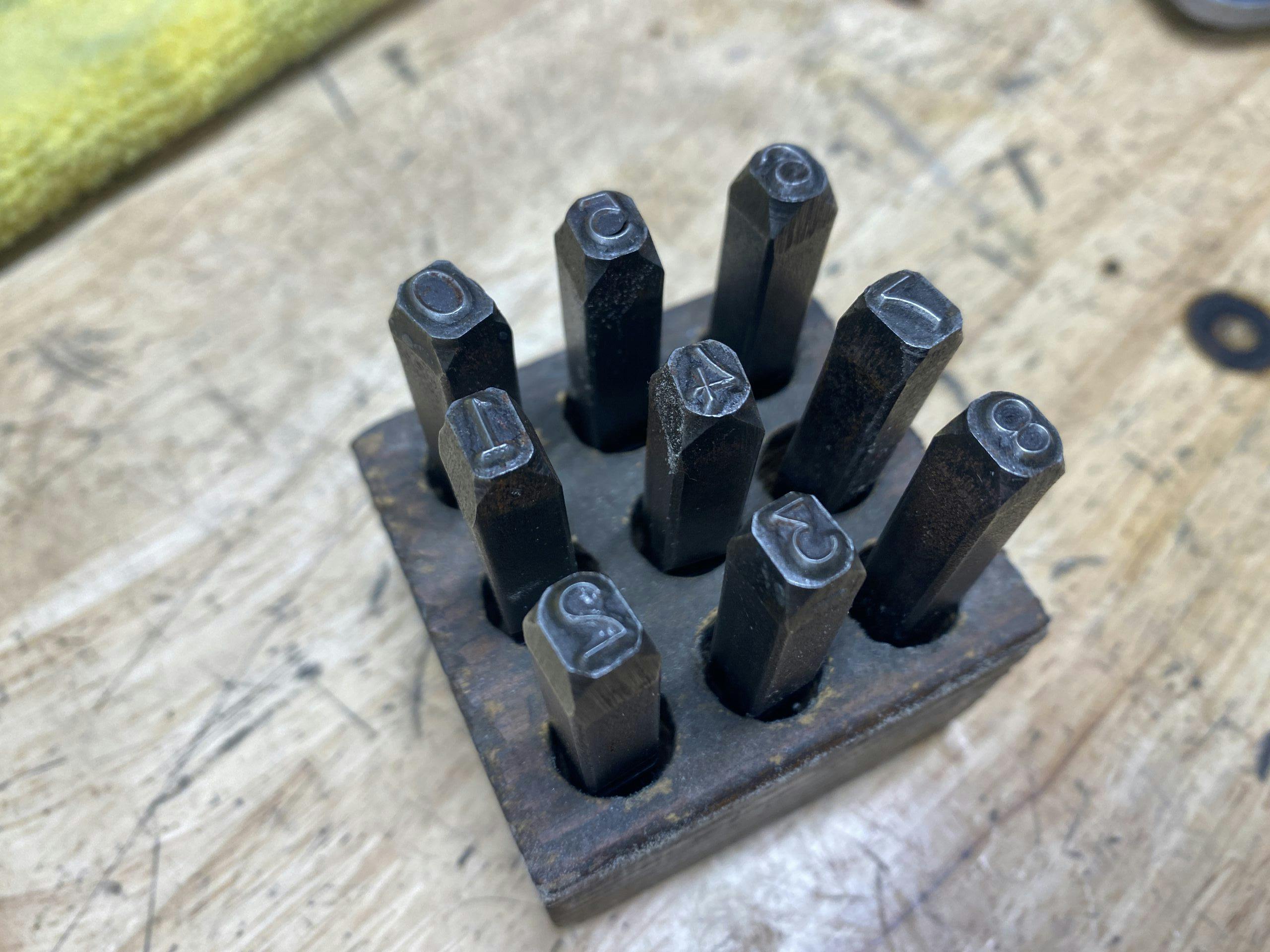
5 types of punches you need in your toolbox Hagerty Media
There are 3 types of punches that are used by all combat systems/sports and martial arts. They are: Straight punches (Jab & Cross, Rear Straight) Hooks (Rear, Lead Hook, Body Hooks) Uppercuts (Rear & Lead) Whether muay thai, boxing, karate, savate, Sanda or MMA each use these 3 types of punches in combat and fighting.
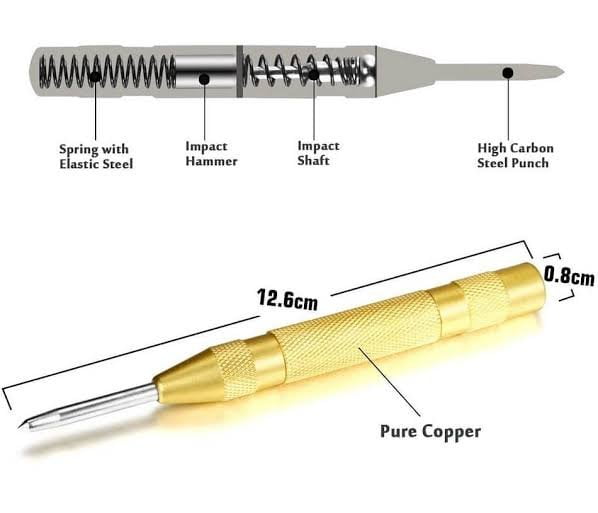
Types of Punches Uses, Working, Applications, Pictures
There are four general types of punches determined by their trajectory: the jab, the rear straight, also called a cross, hooks, and uppercuts. A jab is always done with the lead hand, and a cross is always done with the rear hand. Hooks and uppercuts can be thrown with both.
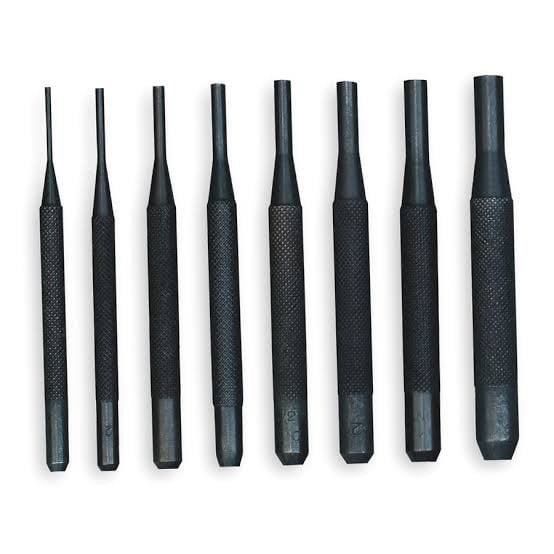
Types of Punches Uses, Working, Applications, Pictures
Unlike other types of punches, pin punches typically have a single pointed tip at the end that's a round taper. When you strike the pin punch with a hammer, it can produce clean holes in material up to 2 thick and 3/4 deep. The most common type of pin punches is the ball nose style. It is combined with an expander die to create a series of.

20 Types of Single Boxing Punches YouTube
The cross is a powerful punch in boxing that is delivered with the rear hand. It is known for its effectiveness in generating significant knockout power. The mechanics of the cross involve rotating the hips and shoulders while extending the arm to deliver a straight punch. This rotation allows for the transfer of maximum force from the legs and core into the punch, resulting in a powerful strike.
:format(jpeg)/f/115220/880x1100/f555056495/6_boxing_punches.jpg)
6 Types of Boxing Punches & Combinations FightCamp
A punch is a striking blow with the fist.It is used in most martial arts and combat sports, most notably western boxing, where it is the only type of offensive technique allowed.In sports, hand wraps or other padding such as gloves may be used to protect athletes and practitioners from injuring themselves. The use of punches varies between different martial arts and combat sports. Styles such.

Types of Punches You Ought to Master Humble Challenger
There are three types of punches: single action, double action, and three actions, but single action punches are the most popular. Read Also: 26 Different Types of Welding Tools and Equipments [Complete Guide] Types of Punch Tools Types of punches are as follows: Centre punch Prick punch Solid punch Transfer punch Drive punch Marking punch
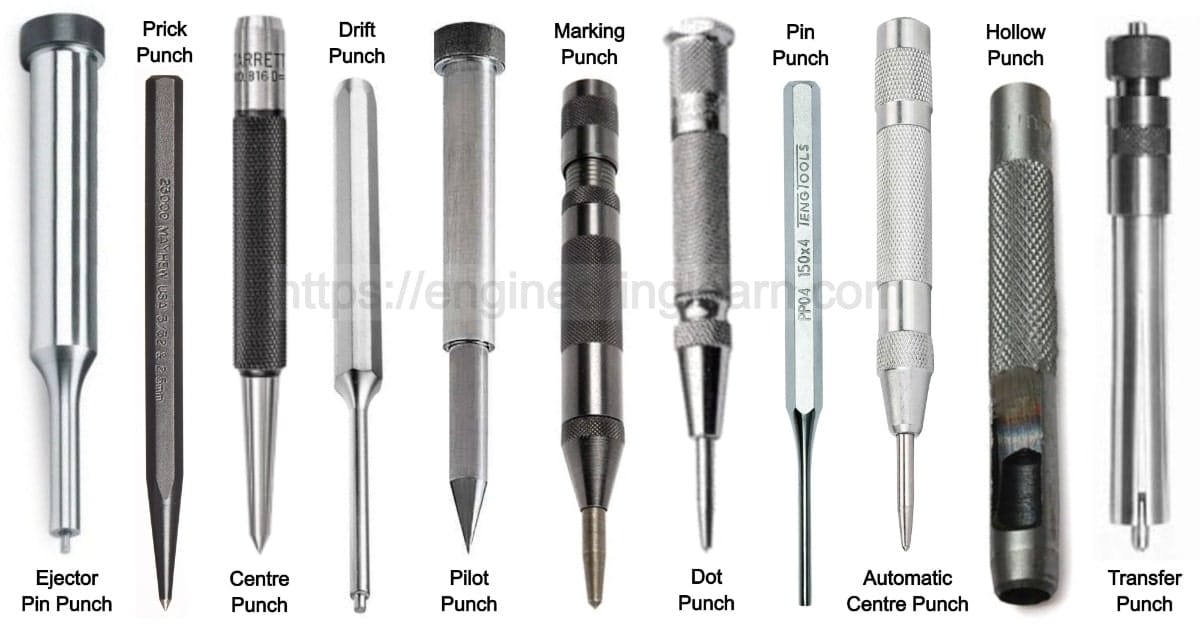
14 Types of Punches (Tool) Applications, Precautions, Working
Hook Punch. This is perhaps the most famous punch of all. The hook punch comes from boxing and has 2 general options. The lead hook and the rear hook. Traditionally as boxing is a sport where the weaker side of the body is closest to the opponent, the 'left hook' is the lead hook (unless you are a southpaw).

What Is Punch Tool? Definition, Types and Their Uses
Different Types of Punches in Boxing. There are essentially four types of punches that are used in boxing. These are: -- Advertisement --. Jab. Cross. Hook. Uppercut. Different types of variations and combinations can be created with the help of these 4 basic types of punches.
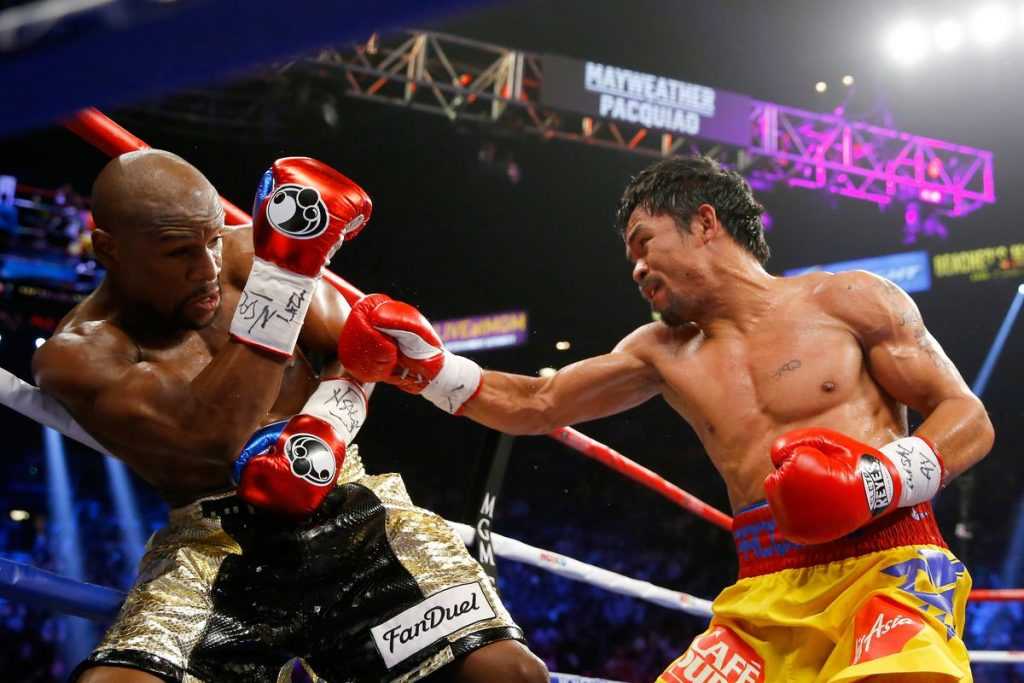
Boxing Punches Ultimate Guide, Types of Punches You Didn't Know Existed
Few of the basic types include center punch, prick punch, pin punch and drift punch. Workshops use punches for locating centers for drawing circles, to punch holes in sheet metals, to start holes for drilling, to remove damaged rivets, bolts or pins and to transfer location of holes in patterns. Some punches used are hollow.
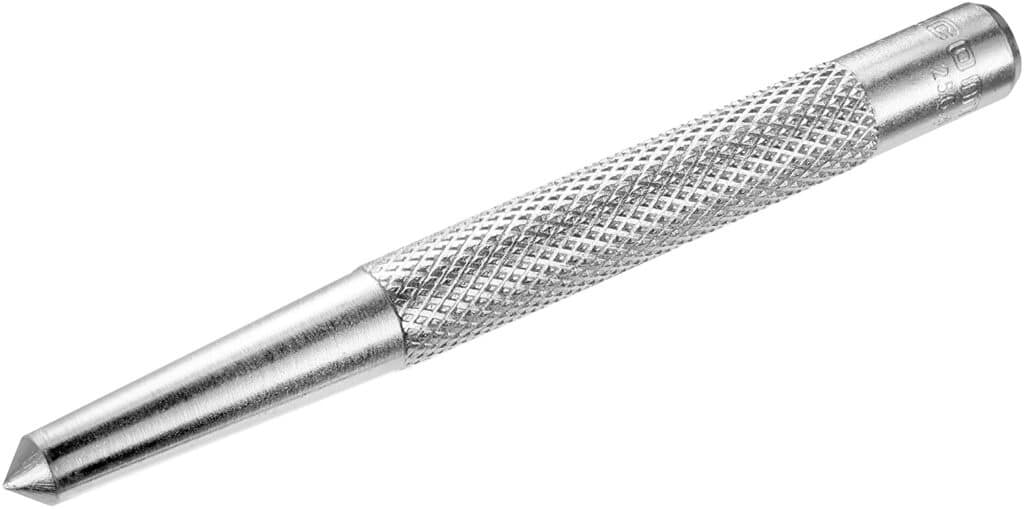
14 Types of Punches (Tool) Applications, Precautions, Working
This article will guide you through the different types of punches, including center punches, prick punches, solid punches, and pin punches. Center Punch A center punch is a tool with a pointed tip used to create a dimple in a workpiece. This dimple serves as a guide for drilling operations, helping to prevent the drill bit from wandering.
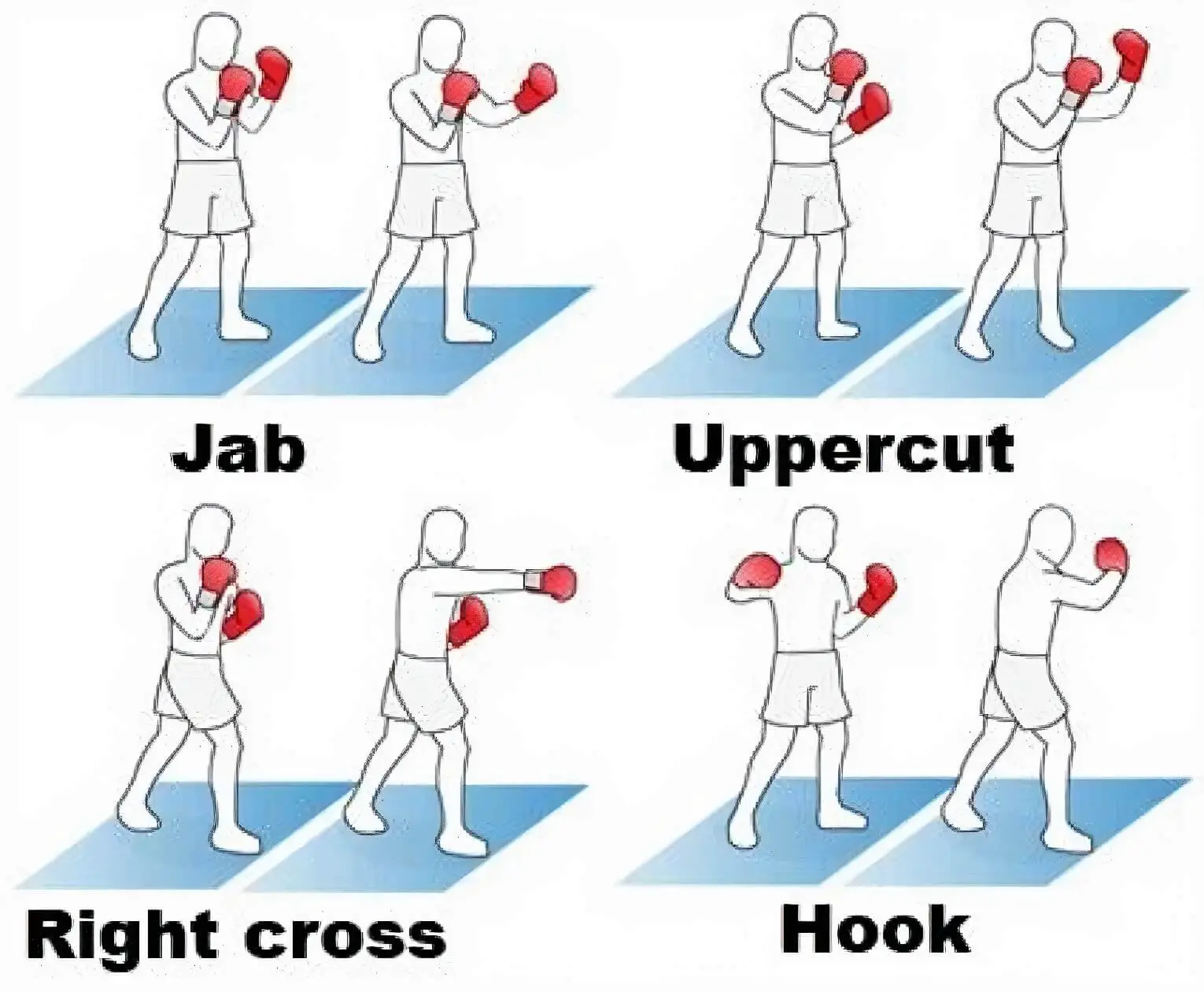
8 Must Know Boxing Techniques Beginners Tactics Guide SmartMMA
Jab Cross Hook Uppercut Stance When we look at different types of punches, we generally think of four main styles seen in boxing. Each of these types of punches is a fundamental way to hit in boxing, and you need to master all of them to train and to box as best you can.
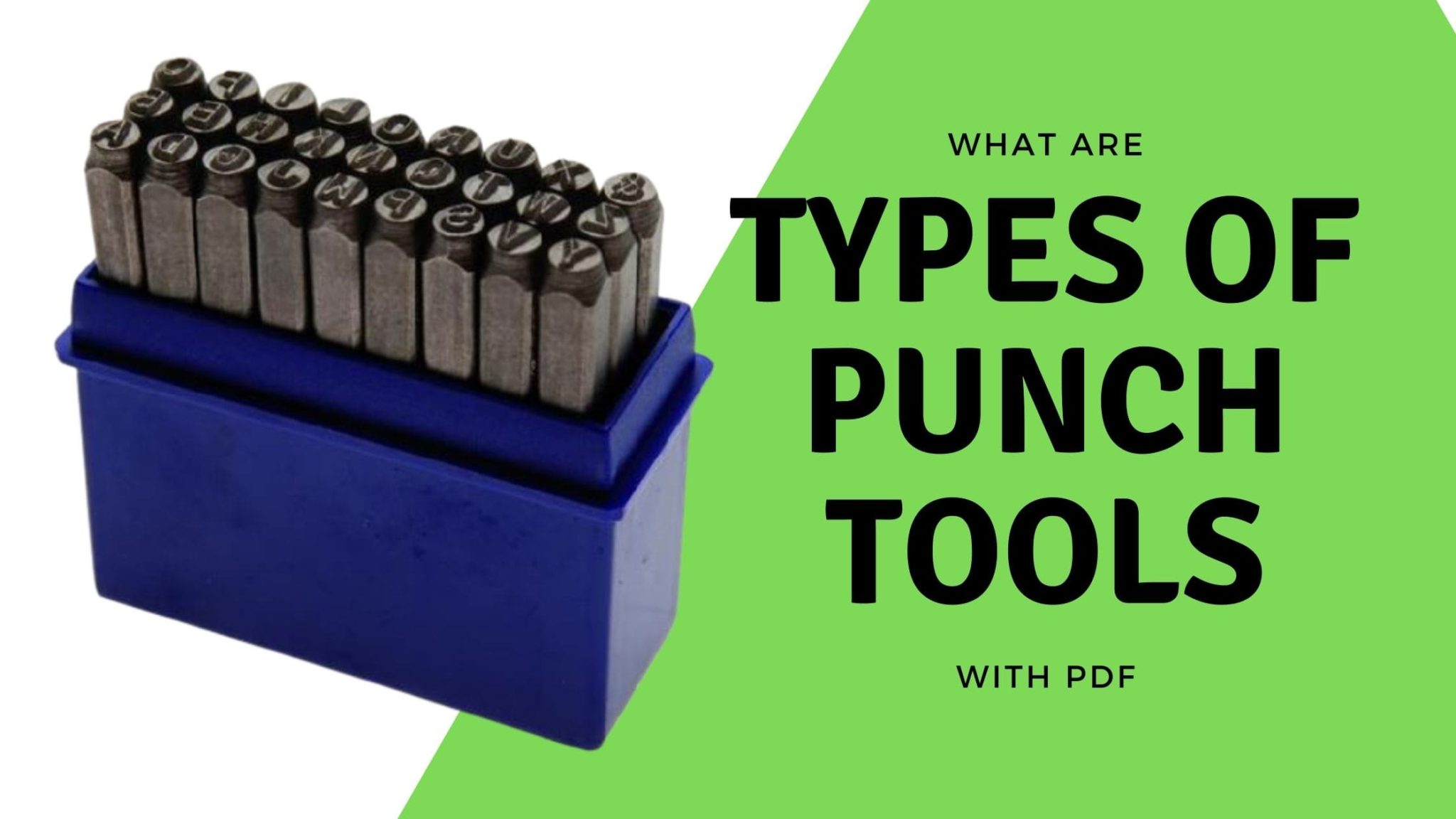
The Engineers Post
1. Prick Punch: ( Types of Punches ) Prick Punch Prick punch is known as the most used and common type of punch in today's professional world. Most of the people are found using this punch while transferring the dimensions from a paper pattern on to the metal and then to use them as a point of reference for cutting or fabricating purposes.